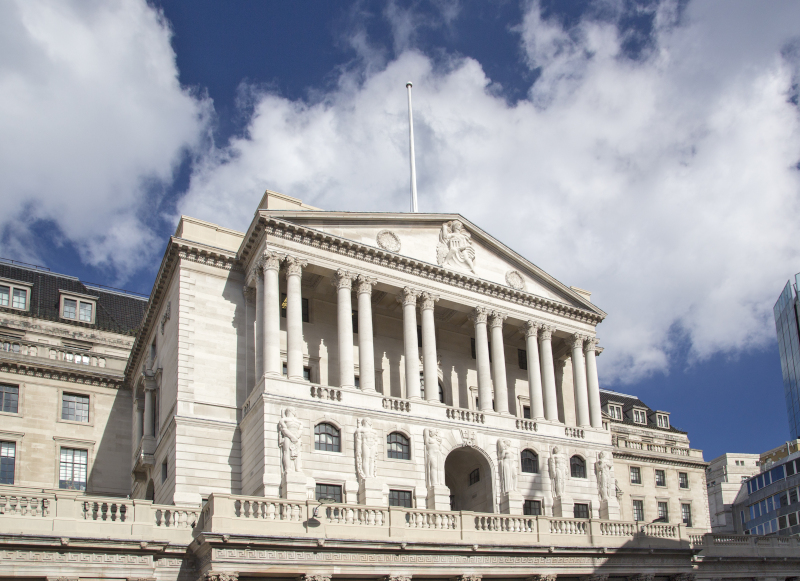
UK GDP during World War I peaked in 1917. Astonishingly it was not until 1936 – 19 years later – that the UK’s 1917 level of output was surpassed.
By the time the Second World War arrived, despite all the influence exerted by John Maynard Keynes and his colleagues on policy and public opinion, one might have expected the privations and shortages experienced by the 1945 Labour government to have ensured that the economy worked at full stretch, with output growing strongly This is not, however, what happened. UK GDP by 1947 had fallen by 13% from its 1943 level and did not get back to the wartime peak until 1953.
How on earth could these almost unbelievably bad outcomes have been allowed to materialise? Whatever did policymakers do which allowed such dismally bad results to be achieved? The answer – sadly – is that after both the World Wars the authorities adopted policies guaranteed to make the UK economy uncompetitive, very similar to those we have now, with the same disastrous consequences.
The main problem in the 1920s was the decision by the government, recommended by the Cunliffe Committee and strongly supported by the City, to re-establish the same parity for the pound against the US dollar as there had been in 1914 - £1.00 = $4.86.
This was despite the fact that inflation in the UK during World War I – at a total of 80% – had been much higher than the 50% achieved by the USA. The UK economy was therefore rendered thoroughly uncompetitive, and the 1920s were dogged by import-led deflation. Exports stagnated and investment slumped. This was all in sharp contrast to the performance in the 1930s. Following the 25% devaluation in 1931, GDP per head rose three times as fast in the 1930s as it had done during the 1920s.
The situation following World War II was all too familiar. For similar reasons to those which applied after World War I, the pound was grossly over-valued initially against the US dollar. The dollar problem was largely resolved by the 1949 sterling devaluation from $4.03 to $2.80. As most of the rapidly-recovering countries in continental Europe devalued at the same time as we did, however, the UK was soon hopelessly outclassed in competitiveness by the rapid recovery from the recent war by countries such as Germany, France and Italy. The result was that their economies grew far faster than ours.
Since the inflation crisis of the 1970s and 1980s, and the consequent switch to monetarist and neoliberal policies aimed primarily at fighting price increases, the whole of the West has allowed itself to become uncompetitive with the East, making the same mistake which has dogged UK economic policymaking for so long. The UK – with its huge annual balance of payment deficit and with its record of deindustrialisation unmatched anywhere in the developed world – led the charge as the whole of the West began to be overtaken by the East.
The result is that the underlying growth rate of the UK economy has sunk to barely 1% per annum, leaving us in a very weak position both to recover from the coronavirus crisis and to deal with a slew of expensive problems on climate change, health and social care, pensions and training, all of which we are going to have to face over the next few years.
Indeed, the danger now is that we may well finish up in 2030 with average living standard lower – perhaps substantially so – than they were in 2019 or even 2007. The failure of our economic policymakers to come up with ways of running the economy reasonably efficiently will be unmasked yet again. The world’s average growth rate has recently been about 3.5% per annum. Why are we condemned to put up with barely a third of this rate of increase?
The reason – just as was the case after both world wars – is that most politicians, civil servants, journalists, academics, think tanks, and members of the public think that a strong pound is an advantage because it provides cheap holidays abroad and low prices for imported goods in or stores.
They, unfortunately, overlook that an over-valued currency makes manufacturing – from which stem most productivity increases – unprofitable. It sucks talent out of the industry. It discourages investment. It generates regional and inter-generational imbalances. And it has slowed down our growth rate now to barely a crawl.
Until we learn this lesson, expert a repetition during the 2020s of the stagnation there was between 1917 and 1938 and between 1943 and 1953.
